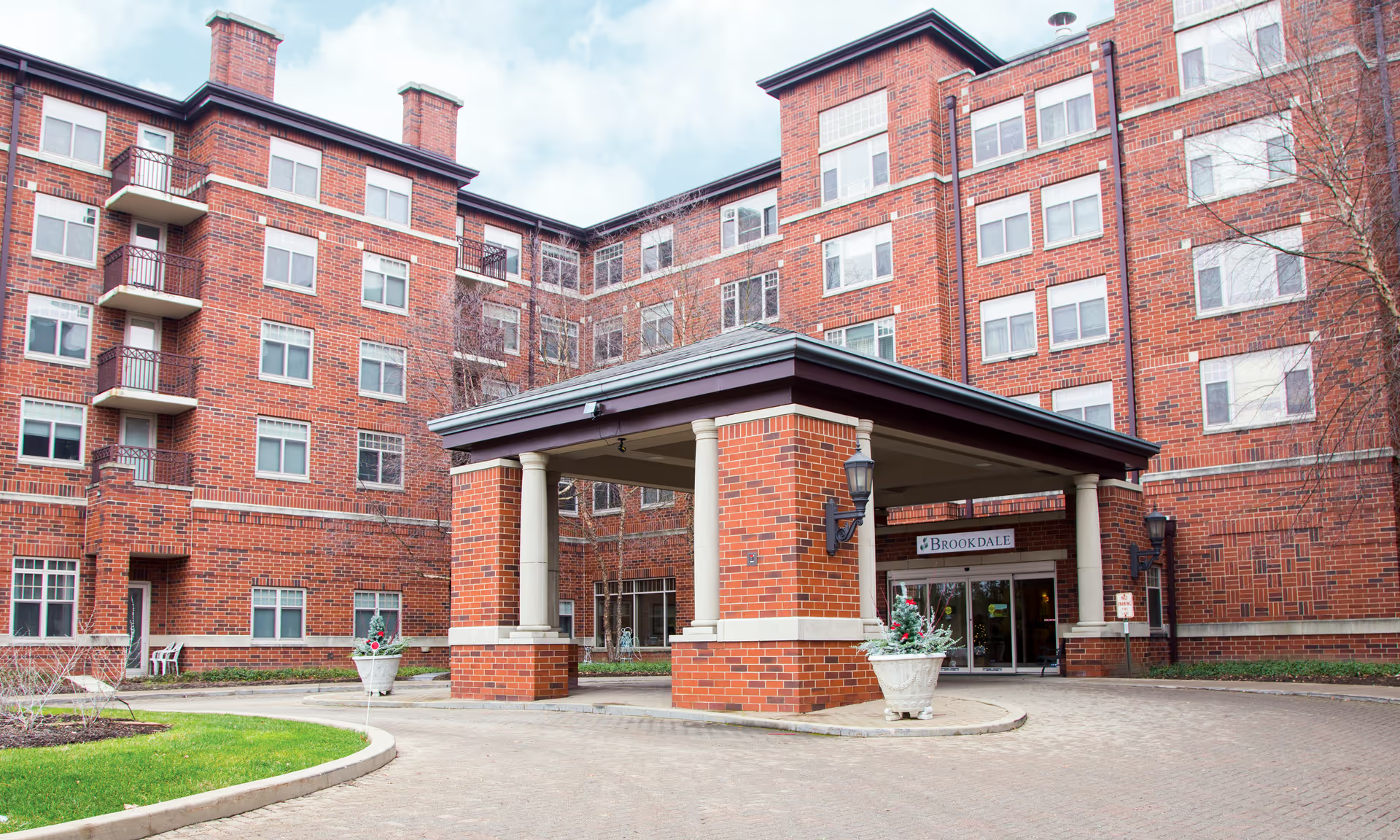Overall sentiment across the provided review summaries is sharply mixed, with several reviewers praising Milestone Senior Living LLC as one of the best options in the area and others alleging very serious incidents of neglect and abuse. Positive comments focus on personalized care, a selective admissions policy, an established facility where families feel comfortable placing relatives, and staff who are described as caring. Negative comments include direct and severe allegations: claims that patients are being starved and that physical and mental/emotional abuse have occurred. These opposing themes create a polarized picture requiring careful attention to context and verification.
Care quality is portrayed in contradictory terms. On the positive side, reviewers specifically mention personalized care and a selective admissions policy, which suggests that some families experience tailored services and that management may be selective about resident placement to maintain an environment that meets their care model. The presence of a family member ("grandmother is there") and statements that it is the "best option in the area" indicate that some families trust the facility’s care standards. Conversely, the extremely serious allegations of starving patients and of physical and mental abuse directly contradict the claims of good care and point to the possibility of isolated or systemic failures in dining/nutrition management and resident safety.
Staffing and workplace culture are another area of conflicting signals. Several summaries praise the staff as caring and note that the facility is a "great place to work," implying positive staff morale and potentially lower turnover in some departments. Positive staff comments align with reports of personalized attention. However, the accusations of physical and mental abuse implicate some staff members or supervisory lapses. This divergence could indicate inconsistent staff training or performance, varying experiences across shifts/units, or a small number of staff whose actions are not representative of the whole. From these reviews alone it is not possible to determine whether the abusive reports reflect isolated incidents, specific employees, or broader management/oversight problems.
Facilities, dining, and activities are less directly described in the reviews, but the allegation that patients are being starved is a direct indictment of dining/nutrition services and oversight. The positive mention of a "real facility" and family placements suggests the facility is established and viewed by some as legitimate and functional. There is no detailed information about recreational programming or specific amenities, so no firm conclusions can be drawn about activities or enrichment offerings. The most concrete facility-related concern from these summaries is nutritional care and monitoring, given the starvation allegation.
Management and organizational patterns emerge indirectly from the comments. A "selective admissions policy" suggests a deliberate management strategy to shape the resident population, which can be a positive indicator of quality control. Yet the severe negative allegations suggest potential weaknesses in oversight, reporting, or accountability systems. The juxtaposition of "great place to work" and serious abuse reports may point to inconsistent management enforcement, or to differing perceptions between front-line staff and families/residents. The summaries do not provide dates, frequencies, or sources for the negative claims, so their scope and recency are unknown.
Notable patterns and recommended next steps: the reviews show a clear split between strong endorsements and very serious accusations. Because the negative statements allege potential harm to residents (starvation and physical/mental abuse), they should be treated as urgent allegations that warrant verification. For someone evaluating this provider, recommended follow-ups would include checking state inspection reports and complaint histories, asking for references from current resident families, arranging in-person visits and meal observations, reviewing staffing levels and training protocols, and confirming how the facility handles incident reporting and family communication. In summary, the facility appears to have supporters who praise personalized care and staff, but the presence of unambiguous allegations of neglect and abuse creates a significant red flag that requires careful investigation before relying solely on the positive impressions.







